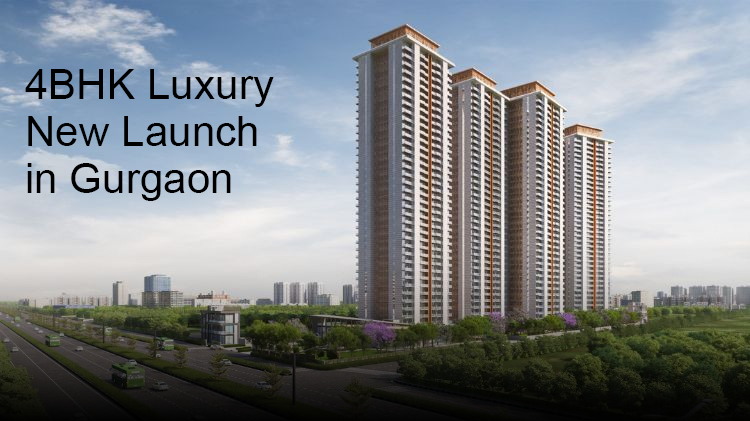
Metro networks have become transformative forces in urban development, reshaping the real estate landscape in cities worldwide. As efficient modes of public transportation, metro systems not only ease commuting but also serve as catalysts for economic growth, property value appreciation, and urban expansion. This blog explores the intricate relationship between metro networks and real estate growth, highlighting how these transit systems catalyze urban development and enhance property value.
The Metro Effect: A Game-Changer for Real Estate
Metro networks have emerged as powerful catalysts for real estate development. Their impact extends beyond metro connectivity, accessibility, influencing property prices, and even environmental sustainability.
1. Boosting Property Value
Properties near metro stations often command premium prices due to the accessibility and convenience they offer. Studies show that proximity to metro networks can increase property values by 20-25%, depending on the city and location. For instance:
-
In Delhi-NCR, areas within a 1-kilometer radius of metro stations witnessed an average price appreciation of 15% over five years.
-
Hyderabad’s metro expansion led to a 25% surge in property prices in connected areas.
-
Dubai Metro’s red and green lines have significantly boosted property values in neighborhoods like Dubai Marina and Downtown Dubai.
This phenomenon is driven by the ease of commuting, reduced travel times, educational institutions, and retail centres.
2. Transit-Oriented Development (TOD)
Transit-oriented development (TOD) is a modern urban planning concept that revolves around creating mixed-use communities centred around public transport systems like metro networks. TOD zones are characterized by:
-
Walkable neighborhoods with smaller block sizes.
-
Reduced reliance on automobiles.
-
Higher density housing and commercial spaces near transit stations.
In Delhi-NCR, properties within TOD zones have appreciated by 20% more than those in non-TOD areas. This approach not only boosts property value but also promotes sustainable urban growth.
3. Commercial Real Estate Growth
Metro networks play a pivotal role in driving commercial real estate growth. Key impacts include:
-
Football Increase: Retail spaces near metro stations experience higher consumer traffic, making them attractive for businesses such as shopping complexes, restaurants, and entertainment centers.
-
Foreign Investments: Well-connected metro systems attract international businesses and investors who prioritize accessibility.
-
Emergence of New Hubs: Metro corridors decentralize business by creating new commercial nodes in previously underdeveloped areas.
For example, Connaught Place in Delhi saw a 25% surge in commercial property prices within two years of its metro station inauguration.
4.Urbanziton and Resodnrta Demand
Metro networks are magnets for urbanization by improving accessibility and making urban living more desirable. This leads to:
-
Increased demand for residential properties near metro stations.
-
Capital appreciation for developers and homeowners.
-
Development of affordable housing projects in peripheral areas connected by metro lines.
While premium properties near metro stations may pose affordability challenges for some segments of the population, government initiatives are addressing this through affordable housing developments linked to metro networks.
5. Time Savings and Quality of Life
One of the most tangible benefits of metro systems is their ability to reduce travel time significantly:
-
Commuters save up to 50% on travel time compared to other modes of transport.
-
Businesses benefit from improved operational efficiency due to reduced employee commute times.
-
This enhancement in quality of life translates into higher demand for properties near metro stations.
6. Challenges: Affordability vs Accessibility
While proximity to metro networks drives up property values, it can also create affordability challenges:
-
Premium pricing near metro stations may exclude lower-income groups.
-
Balancing high-value developments with affordable housing is crucial for inclusive urban growth.
-
Governments are addressing this through policies promoting affordable housing projects connected to metros.
Conclusion
Metro networks are more than transportation solutions, they are engines driving economic growth and real estate development. Their impact is profound and multifaceted, from boosting property values to fostering sustainable communities.


.png)


3 Comments